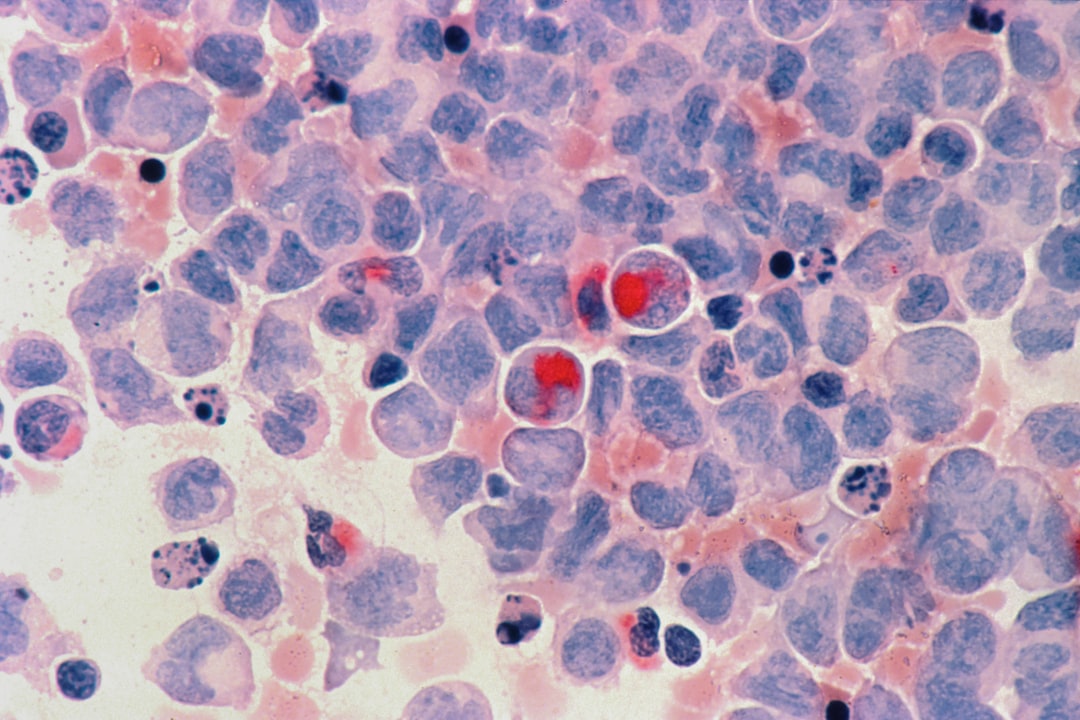What is it about?
This work describes new designs for unique biomaterial scaffolds that incorporate regional compartments of signaling factors that can more intricately guide stem cell differentiation and organoid development.
Featured Image
Why is it important?
The biomaterial designs described in this work enable more comprehensive control over architecture of stem-cell-derived synthetic tissues, and also establish a platform for studying the effects of concentration gradients of a variety of signaling factors on tissue development.
Perspectives
The compartments of signaling factors that are designed into the synthetic tissue constructs can form concentration gradients as a result of natural diffusion behaviors, and these gradients can control numerous processes like stem cell differentiation, regional identity, axis patterning, and tissue architecture. The ability to replicate natural developmental processes in 3D culture of patient-derived stem cells is essential for creating targeted regeneration of specific areas of the brain and spinal cord. Although there is much we have discovered about how neurodevelopment occurs, there is still much more to learn about all the detailed and complex neurodevelopmental processes that form the vast array of regions, structures, and functions in the brain and spinal cord, and these new tissue designs will help expand our capabilities to study and control these complex processes.
Dr Richard J. McMurtrey
Read the Original
This page is a summary of: Multi-compartmental biomaterial scaffolds for patterning neural tissue organoids in models of neurodevelopment and tissue regeneration, Journal of Tissue Engineering, January 2016, SAGE Publications,
DOI: 10.1177/2041731416671926.
You can read the full text:
Contributors
The following have contributed to this page










